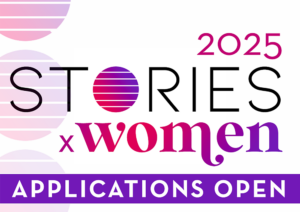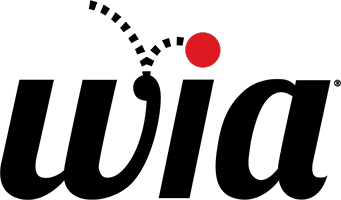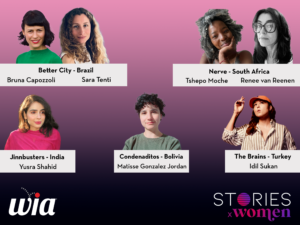
Gender Equality in Animation
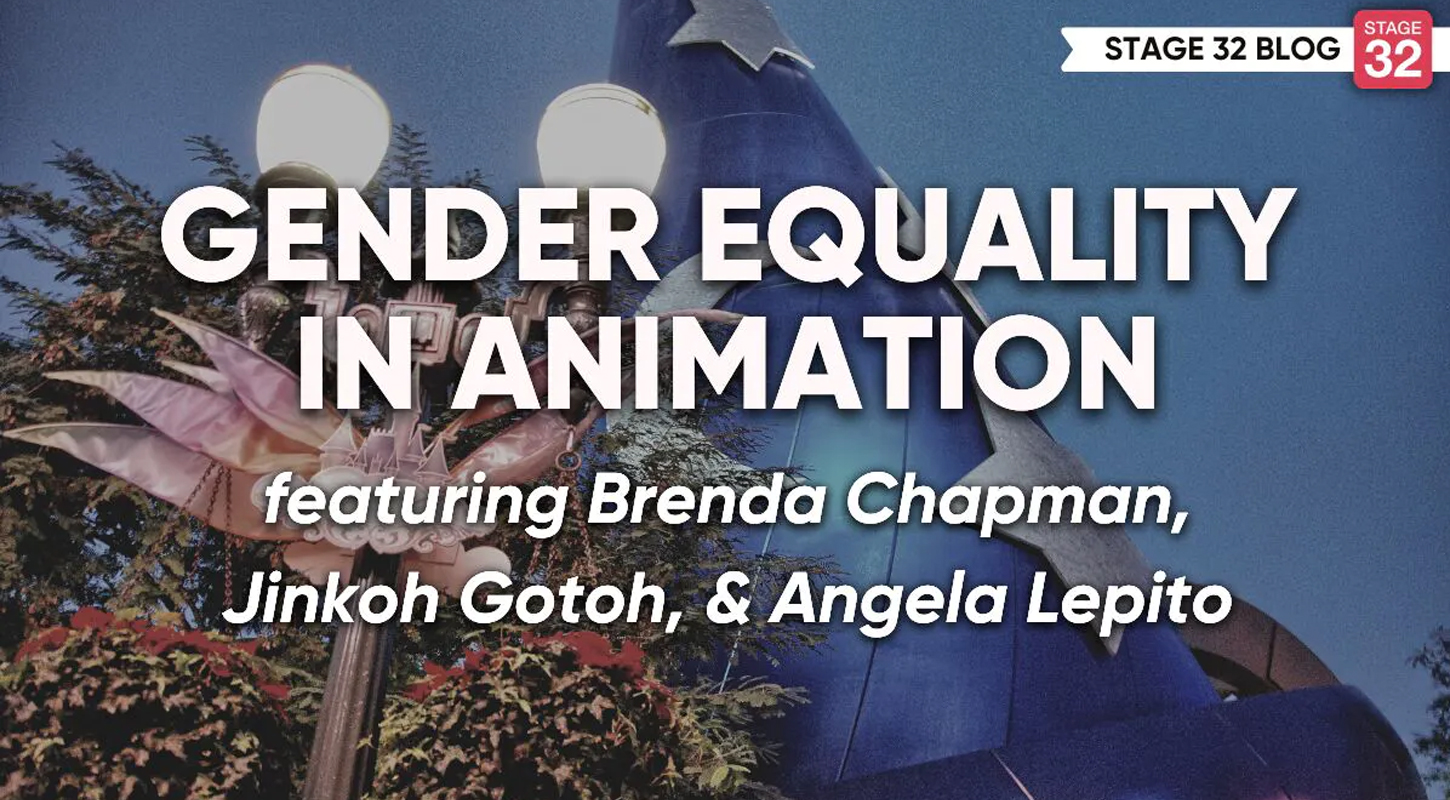
Gender Equality in Animation
Today, WIA announced the five teams selected for the 2025 cohort for Stories x Women, a program aimed at increasing the diversity of voices in animation globally. Stories x Women’s concrete goal is to support access to international opportunities for women animators from emerging national film and audio-visual animation communities of Africa, Asia-Pacific, and Latin America who want to tell their authentic stories. The program is run in collaboration with FIAPF and sponsored by The Walt Disney Company and UNESCO.
These talented creatives will benefit from a series of mentoring sessions led by internationally acclaimed animation experts, as well as 1:1 coaching sessions that will prepare them to pitch their projects in the upcoming 2025 Annecy International Animation Film Festival and Market (MIFA), including as part of the MIFA Pitching Sessions. The teams will be conducting their pitches on Tuesday, June 10 from 9 a.m. to 10:15 p.m. CEST in the Impérial Palace in the Haendel Room.
The program received 114 eligible applications this round from more than 100 different countries with the following breakdown:
- 40 African countries
- 48 Latin American countries
- 26 Asia-Pacific countries
The selected delegations are (listed in alphabetical order by project):
- Better City – Brazil. A project led by Bruna Capozzoli and Sara Tenti
- Condenaditos – Bolivia. A project led by Matisse Gonzalez Jordan
- Jinnbusters – India. A project led by Yusra Shahid
- Nerve – South Africa. A project led by Tshepo Moche (with Renee van Reenen)
- The Brains – Turkey. A project led by Idil Sukan
Fully committed to supporting women creators, Stories x Women was open to teams that included at least one woman leading the project (e.g., producer, director, or screenwriter).
“As our Stories x Women program enters its fourth year, we are incredibly proud of its continued impact in spotlighting the voices of talented women animators across Africa, Asia-Pacific, and Latin America,” said Marge Dean, WIA President. “These diverse and authentic stories deserve to be heard and told by those who create them. I am deeply grateful for the unwavering support from Disney and UNESCO, whose collaboration is essential in advancing gender parity and fostering growth in animation worldwide.”
Dean’s sentiments of collaboration and support of women-creators are echoed by Disney.
“Truly great storytelling has the power to inspire and connect with audiences globally,” said Meredith Roberts, executive vice president of Television Animation at Disney Branded Television. “By championing women in animation through programs like Stories x Women, we help ensure that our industry will continue to tell stories with universal appeal that reflect the richness of the world around us.”
Share:
Recent News

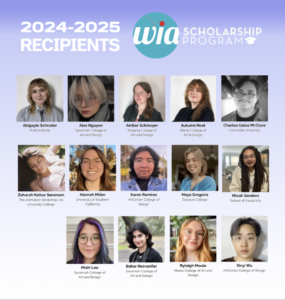

OPEN CALL FOR ARTISTS FROM HUNGARY
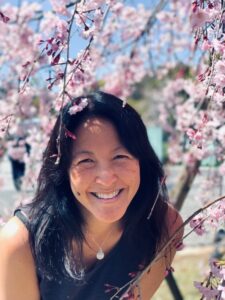

2025 WIA Stories – Pramita Mukherjee
